-
 Bitcoin
Bitcoin $116400
-0.36% -
 Ethereum
Ethereum $4033
3.40% -
 XRP
XRP $3.302
-1.26% -
 Tether USDt
Tether USDt $1.000
-0.02% -
 BNB
BNB $796.1
1.67% -
 Solana
Solana $177.8
1.89% -
 USDC
USDC $0.9999
0.00% -
 Dogecoin
Dogecoin $0.2314
4.09% -
 TRON
TRON $0.3381
0.14% -
 Cardano
Cardano $0.7989
1.22% -
 Stellar
Stellar $0.4496
-1.84% -
 Chainlink
Chainlink $20.42
9.42% -
 Hyperliquid
Hyperliquid $41.17
0.88% -
 Sui
Sui $3.914
3.77% -
 Bitcoin Cash
Bitcoin Cash $584.7
1.52% -
 Hedera
Hedera $0.2632
-0.54% -
 Avalanche
Avalanche $24.09
3.40% -
 Ethena USDe
Ethena USDe $1.001
-0.02% -
 Litecoin
Litecoin $123.2
1.33% -
 Toncoin
Toncoin $3.318
-0.04% -
 UNUS SED LEO
UNUS SED LEO $8.984
-0.05% -
 Shiba Inu
Shiba Inu $0.00001323
2.85% -
 Uniswap
Uniswap $10.90
4.41% -
 Polkadot
Polkadot $3.999
3.34% -
 Dai
Dai $1.000
0.01% -
 Cronos
Cronos $0.1630
9.64% -
 Bitget Token
Bitget Token $4.484
0.82% -
 Monero
Monero $272.4
2.44% -
 Pepe
Pepe $0.00001173
6.03% -
 Aave
Aave $290.8
2.88%
What is Token Burn?
Token burning permanently removes cryptocurrency from circulation, potentially increasing value through scarcity. Projects use various methods, often via smart contracts, to achieve this, but success depends on market factors and transparency.
Mar 14, 2025 at 04:05 pm
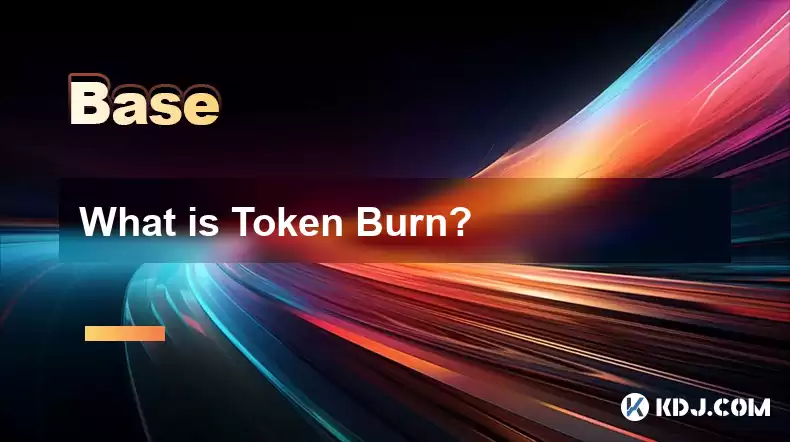
Key Points:
- Token burning is a deflationary mechanism where tokens are permanently removed from circulation.
- This process reduces the circulating supply, potentially increasing the value of remaining tokens through scarcity.
- Burning can be done by projects, developers, or even community members.
- Several methods exist for burning tokens, each with its own implications.
- Understanding the reasons behind a burn is crucial for evaluating its impact.
What is Token Burn?
Token burning, in the cryptocurrency world, is the irreversible destruction of tokens. This means those tokens are permanently removed from the circulating supply, never to be accessed or traded again. Think of it like taking a physical coin and melting it down – it's gone. This process directly impacts the token's overall supply and is often implemented to increase its scarcity and, potentially, its value. The mechanics of burning can vary significantly depending on the project and its underlying smart contract.
Why Do Projects Burn Tokens?
The primary reason for burning tokens is to create scarcity. By reducing the overall supply, the demand for the remaining tokens could theoretically increase, driving up the price. This is a core tenet of deflationary tokenomics. Furthermore, burning can also be used to demonstrate a project's commitment to its community and long-term sustainability. A significant burn can be a powerful signal of confidence. Projects may also burn tokens to adjust their tokenomics based on market conditions or to offset inflation.
How are Tokens Burned?
The process of burning tokens depends entirely on the specific project and the smart contract governing its token. However, some common methods include:
- Sending tokens to a designated "burn address": This is a special wallet address designed to permanently hold tokens, effectively rendering them inaccessible. The tokens are sent to this address and are essentially lost forever.
- Using a smart contract function: Many tokens have built-in functions within their smart contract that allow for programmed burns, often triggered by specific events or milestones.
- Community-led burns: Some projects allow their community to participate in burns, either through dedicated platforms or by incentivizing users to voluntarily send their tokens to a burn address.
What are the Implications of Token Burning?
The impact of a token burn can be significant. A large burn can lead to a sudden increase in price due to increased scarcity. However, this effect is not guaranteed and depends on various market factors. The market reaction is influenced by factors such as the size of the burn relative to the circulating supply, overall market sentiment, and the project's reputation. A poorly executed burn, or a burn without a clear strategy, can negatively impact investor confidence.
Different Types of Token Burns
There's no single type of token burn. They can be categorized based on various factors. Some projects might conduct a one-time massive burn, while others might implement regular, smaller burns. The frequency and magnitude of burns are key aspects to consider when evaluating a project's tokenomics. The motivation behind the burn – whether it's to combat inflation, increase value, or simply demonstrate commitment – also impacts the perception of the burn within the community.
Is Token Burning Always a Good Thing?
While often seen as positive, token burning isn't inherently beneficial. A large, unexpected burn can trigger volatility, negatively affecting investors holding the token. Conversely, small, frequent burns might not have a noticeable impact on price. The effectiveness of a burn heavily relies on the project's overall strategy and market conditions. The transparency and communication surrounding a burn are also crucial factors influencing investor confidence.
The Role of Smart Contracts in Token Burning
Smart contracts are essential for secure and transparent token burns. They automate the process, ensuring that the tokens are permanently removed from circulation and preventing any manipulation. The smart contract should be publicly auditable to verify its functionality and prevent any potential vulnerabilities that could compromise the burn process. This transparency is vital for maintaining trust within the community.
Token Burning and Market Manipulation
While token burning can be a legitimate mechanism for managing supply and potentially increasing value, it can also be used for manipulative purposes. A poorly planned or misleading burn can be used to artificially inflate the price, only to later crash. Investors need to carefully scrutinize the project's motivations and the details of the burn before making any investment decisions.
Token Burn vs. Buyback
It’s important to distinguish token burning from buybacks. Buybacks involve a project purchasing its own tokens from the open market, reducing the circulating supply. However, unlike burning, the bought-back tokens are usually held by the project and can be used for various purposes later. Burning permanently destroys the tokens, while buybacks simply transfer ownership.
FAQs:
Q: Will token burning always increase the price of a cryptocurrency?
A: No, while it can increase the price by creating scarcity, the impact depends on various market factors like overall demand, market sentiment, and the size of the burn relative to the circulating supply.
Q: Is token burning legal?
A: The legality of token burning depends on the jurisdiction and the specifics of the project. Generally, as long as the burn is conducted transparently and in accordance with applicable regulations, it’s unlikely to be illegal.
Q: How can I participate in a token burn?
A: The method for participating in a token burn varies depending on the specific project. Some projects allow community members to send their tokens to a designated burn address, while others may have specific mechanisms detailed in their documentation.
Q: What are the risks associated with token burning?
A: Risks include market manipulation, volatility, and the potential for the burn to not have the intended positive impact on the token's price. A lack of transparency around the burn process also poses a risk.
Q: How can I verify a token burn has actually occurred?
A: You should be able to verify a token burn by checking the blockchain explorer for the transaction(s) that sent the tokens to the burn address. The project should also provide transparent information regarding the burn, often publishing details on their website or social media channels.
Disclaimer:info@kdj.com
The information provided is not trading advice. kdj.com does not assume any responsibility for any investments made based on the information provided in this article. Cryptocurrencies are highly volatile and it is highly recommended that you invest with caution after thorough research!
If you believe that the content used on this website infringes your copyright, please contact us immediately (info@kdj.com) and we will delete it promptly.
- Decentralized Data: Taking the Driver's Seat in the Data Economy
- 2025-08-09 14:30:11
- Bitcoin vs. Gold: The Store-of-Value Showdown in the Digital Age
- 2025-08-09 14:30:11
- BlockDAG, Stellar, and Crypto Adoption: Navigating the Hype
- 2025-08-09 14:50:12
- Litecoin Price Surge: Riding the Wave of Institutional Interest and ETF Hopes
- 2025-08-09 14:50:12
- Chainlink's Wild Ride: Whales Are Still Loading Up on LINK!
- 2025-08-09 15:10:11
- Ruvi AI: Solana's New Challenger Dominating Token Sales with AI Innovation
- 2025-08-09 14:55:15
Related knowledge
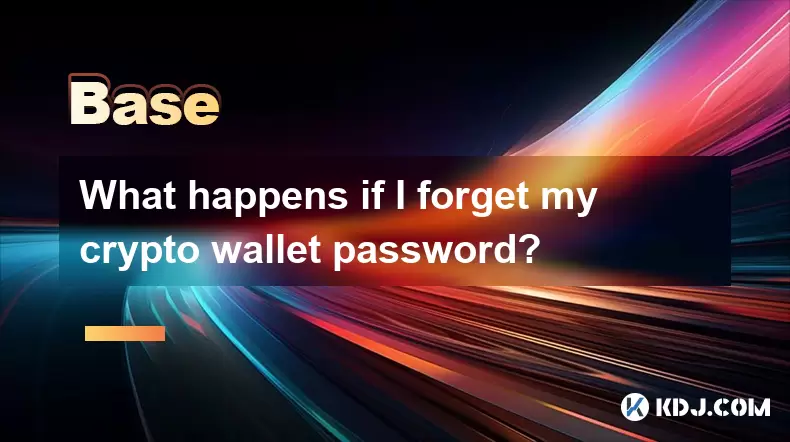
What happens if I forget my crypto wallet password?
Aug 09,2025 at 08:50am
Understanding the Role of a Crypto Wallet PasswordA crypto wallet password serves as a critical security layer that protects access to your digital as...

Can you reuse a crypto wallet address?
Aug 08,2025 at 03:49pm
Understanding Wallet Addresses in CryptocurrencyA crypto wallet address is a unique identifier used to send and receive digital assets on a blockchain...
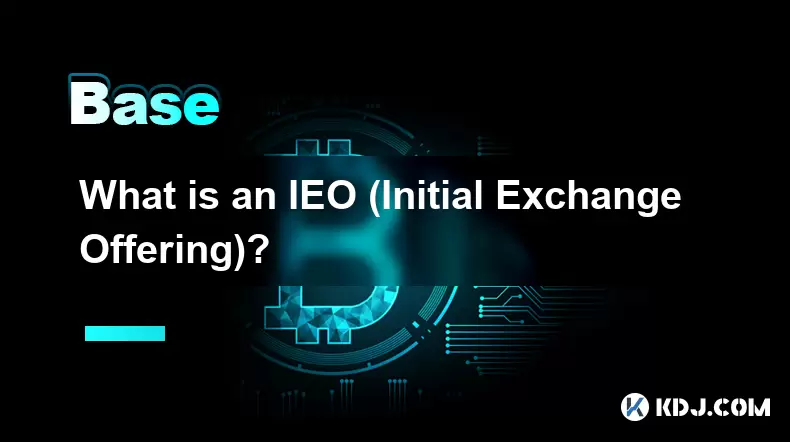
What is an IEO (Initial Exchange Offering)?
Aug 09,2025 at 06:22am
Understanding the Concept of IEO (Initial Exchange Offering)An Initial Exchange Offering (IEO) is a fundraising method used by blockchain-based projec...
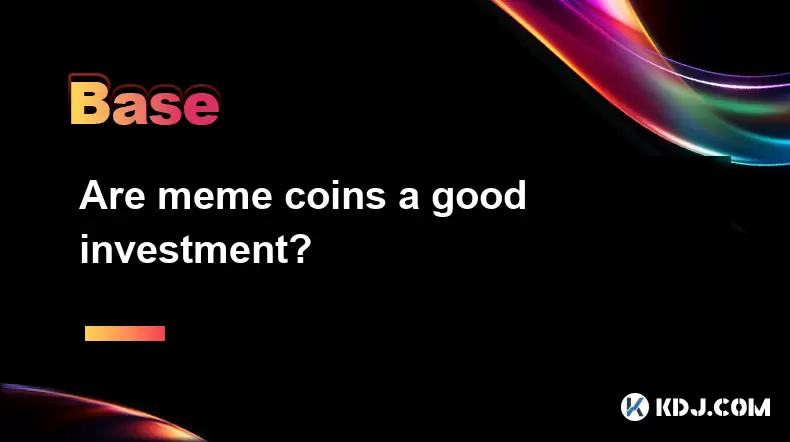
Are meme coins a good investment?
Aug 08,2025 at 11:36pm
Understanding Meme Coins and Their OriginsMeme coins are a category of cryptocurrencies that originated from internet humor or viral trends rather tha...
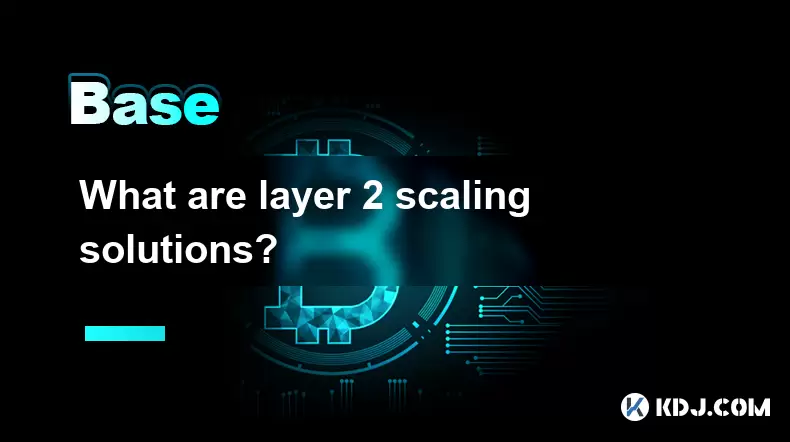
What are layer 2 scaling solutions?
Aug 09,2025 at 04:07am
Understanding Layer 2 Scaling Solutions in CryptocurrencyIn the world of blockchain and cryptocurrencies, scalability has long been a pressing challen...

How are flash loans used?
Aug 08,2025 at 01:08pm
Understanding Flash Loans in Decentralized FinanceFlash loans are a unique innovation within the decentralized finance (DeFi) ecosystem, allowing user...

What happens if I forget my crypto wallet password?
Aug 09,2025 at 08:50am
Understanding the Role of a Crypto Wallet PasswordA crypto wallet password serves as a critical security layer that protects access to your digital as...

Can you reuse a crypto wallet address?
Aug 08,2025 at 03:49pm
Understanding Wallet Addresses in CryptocurrencyA crypto wallet address is a unique identifier used to send and receive digital assets on a blockchain...

What is an IEO (Initial Exchange Offering)?
Aug 09,2025 at 06:22am
Understanding the Concept of IEO (Initial Exchange Offering)An Initial Exchange Offering (IEO) is a fundraising method used by blockchain-based projec...

Are meme coins a good investment?
Aug 08,2025 at 11:36pm
Understanding Meme Coins and Their OriginsMeme coins are a category of cryptocurrencies that originated from internet humor or viral trends rather tha...

What are layer 2 scaling solutions?
Aug 09,2025 at 04:07am
Understanding Layer 2 Scaling Solutions in CryptocurrencyIn the world of blockchain and cryptocurrencies, scalability has long been a pressing challen...

How are flash loans used?
Aug 08,2025 at 01:08pm
Understanding Flash Loans in Decentralized FinanceFlash loans are a unique innovation within the decentralized finance (DeFi) ecosystem, allowing user...
See all articles

























































































